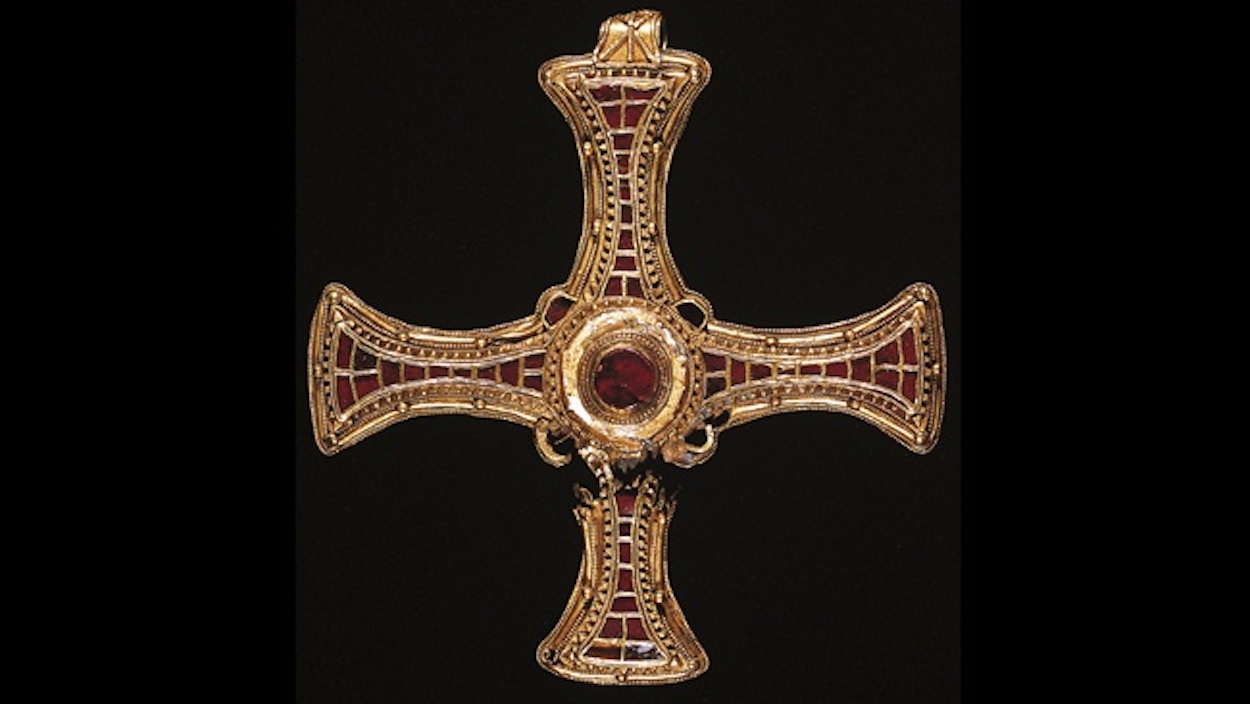Please meet our new contributor - Stephanie, who will be writing about... Medieval art. Enjoy! :)
In 698 CE, the monks of Lindisfarne, a remote island community off the coast of northern England, exhumed their most famous bishop, Cuthbert, intending to move his body into their church. Behold—a miracle! After eleven years, his body was wholly intact, untouched by decay. Thereafter, St. Cuthbert’s physical incorruption coupled with his exemplary holy life inspired kings, bishops, monks and faithful Christians, and Durham Cathedral, where his body has rested since the eleventh century, witnessed a steady stream of faithful pilgrims eager to visit the saint throughout the medieval period.
Centuries later, in the 19th century, St. Cuthbert’s shrine was opened for the first time in over three hundred years. Inside, St. Cuthbert’s well-preserved corpse was still contained in a seventh-century carved wooden coffin. His body was accompanied by a series of objects including an ivory comb, a portable altar, and a small but remarkable gold and garnet pectoral cross.
The pectoral cross was designed to be worn on the chest suspended by a string or a chain, like a necklace. Made in the seventh-century, likely in England, it was found wrapped in St. Cuthbert’s clothing, and it now resides in the Durham Cathedral collection. Gold and garnet jewelry was very common in this period in northern Europe, and extant examples, like this cross, feature geometric designs. This pectoral cross is based on a circular design featuring five stones in the center, and the twelve stones incorporated into each of the arms likely represent the twelve apostles of Christ. The vivid red color of the garnet stones also likely echoes the themes of death and martyrdom so important in early Christian theology. It has been speculated that a relic, an item or body part associated with a saint, was embedded behind the center garnet, but no attempt has been made to open the cross to date. St. Cuthbert’s pectoral cross is a remarkable example of the influence of Christianity on the design and craftsmanship of early medieval jewelry.
- Stephanie


 Unknown Artist
Unknown Artist